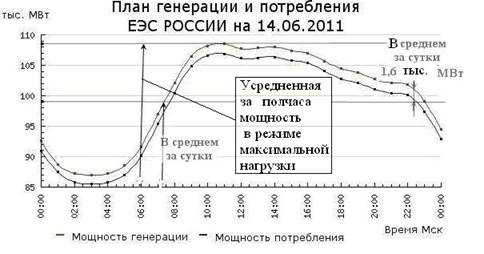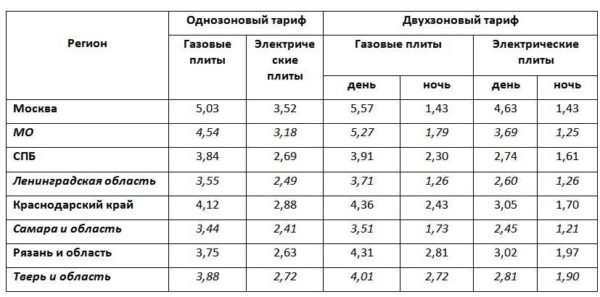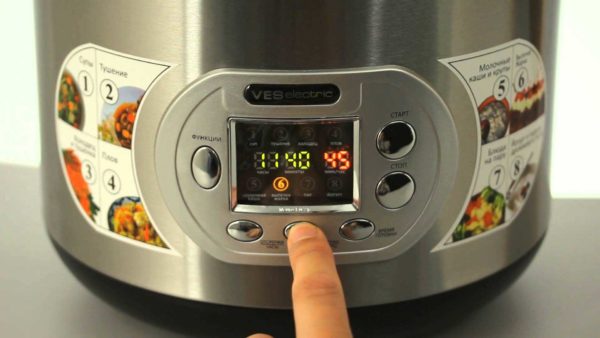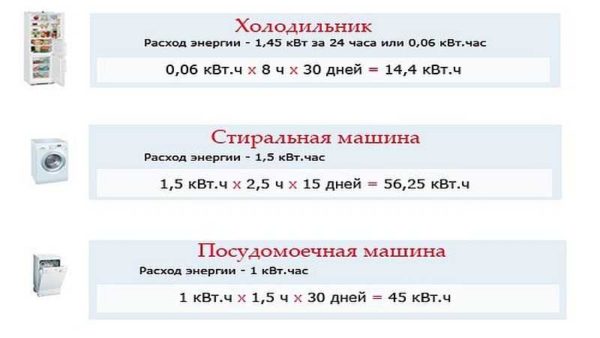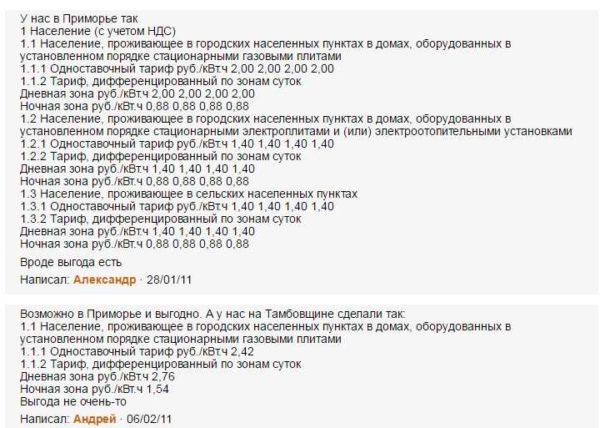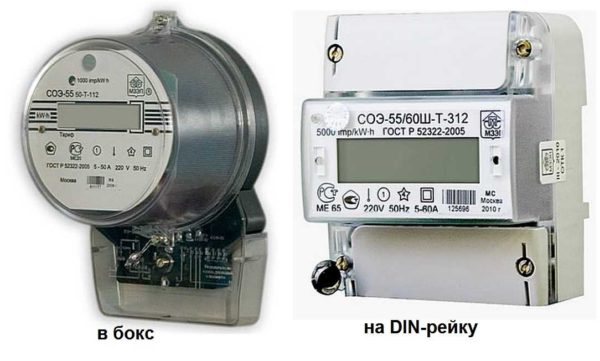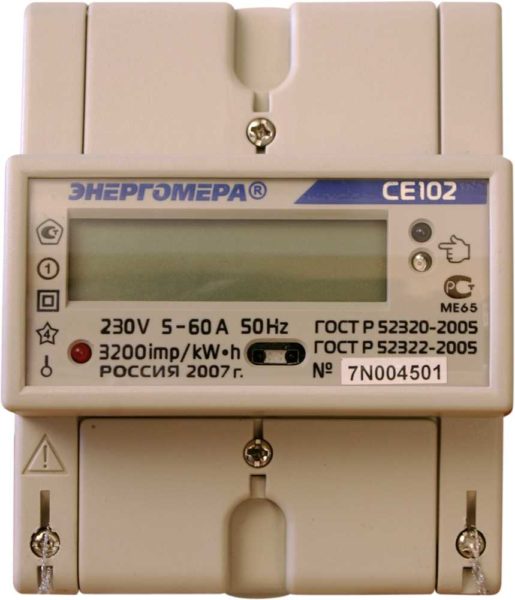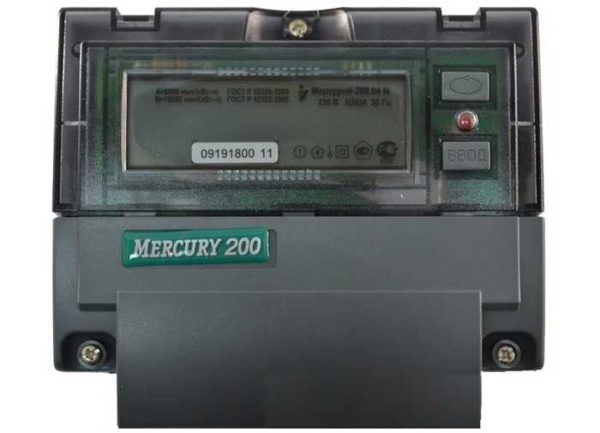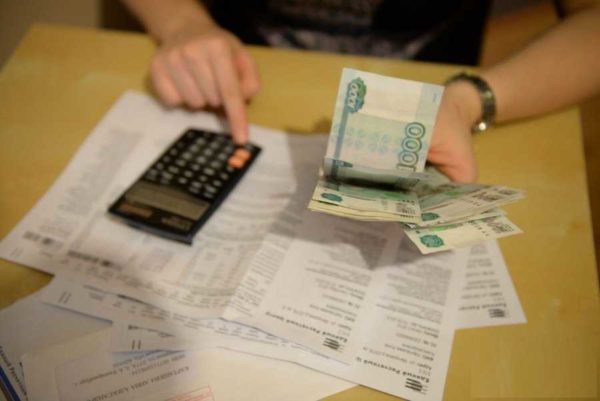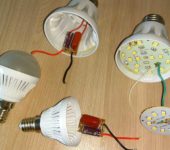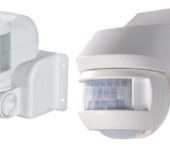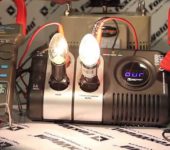Two-tariff electricity meters
Today, you can often hear that someone has installed a two-rate electricity meter, which saves money on paying electricity bills. What is it and how does a two-zone tariff work - in the article.
The amount of electricity consumed varies greatly depending on the time of day. The most peak period of time is from 17 to 23 hours. At this time, people come home from work and begin to actively use household appliances. The second peak is in the morning - from 7 to 10 hours. This is the time when everyone is awake, getting ready for work and school. During the daytime, consumption drops slightly (compared to morning), but remains at a fairly high level. The least amount of electricity is consumed at night - from 23 to 7 am.
A particularly high load is observed in the evening - it is several times higher than the daily level. These peak loads are a test for the power system. In order to transfer part of the activity to the most unloaded period - to night hours - different tariffs were introduced for "peak" and night hours, or, as they say, two tariffs "day" and "night". Sometimes the difference in cost is significant - you can save up to 50% or more. This is not bad, but for separate metering of consumption, a two-tariff electricity meter is needed.
Outwardly, such counters are practically no different. Their "filling" is changing. Inside there is a small processor, which separately calculates the amount of energy consumed at specified intervals.
The content of the article
How profitable
It is impossible to say unambiguously whether the installation of a two-tariff electricity meter is beneficial or not. Tariffs in each region of Russia are set separately. In some, the difference between the night rate and the single rate may be 3-4 times. But, more often than not, night charges are about two times less (compared to day charges). And even under such conditions, you can save a fairly large amount - 1/3 of the monthly charges and more. True, for this it is necessary to postpone the work of electrical appliances at night. Tariffs for some regions of Russia are shown in the table. It can be used to estimate the difference in tariffs.
After analyzing the table, you realize that not everything is as rosy as it seemed. In some regions, where daily rates are much higher than single rate rates, savings are questionable. Night gain is eaten up by daytime overpayment. In such areas, you need to carefully calculate everything (how - see below). When calculating, you must take into account that you will buy a new two-tariff electricity meter for your own money, as well as reprogram it if necessary. So for a while you will simply be able to recoup your investment. And no one is immune from changes in tariffs or legal framework. And it may well happen that in a few years it turns out that you pay more for a two-tariff meter than for a single-tariff meter. There are already quite a few such cases.
How you can save
Modern household appliances can have a delayed start function. Thanks to her, you can wash at night, wash dishes in the dishwasher, cook breakfast (multicooker, bread maker and other similar equipment). Some even heat water in storage boilers at night, closer to the morning, setting timers on them. In addition, a fairly large number of "regular" equipment works at night - a refrigerator, air conditioners or heating devices. So, it may well be that the flow rate at night will be greater than the daytime.
If the tariffs in your region are "normal" and there are savings, it makes sense to install a two-tariff electricity meter in large families where the consumption is high. Such a system is beneficial for "owls" who go to bed long after midnight. Their main activity falls on the night, so the main expense will be during the action of the lowest rate. But it is possible to determine exactly whether this innovation will give you any tangible benefit or not, only after calculations.
Determine economic efficiency
First you need to find out the two-zone and one-zone tariffs in force in your region. Then, for several days (preferably a week), conduct an experiment. Transfer all possible technical processes to the night, and track how much electricity you consume at the night rate, and how much at the day rate. The readings will have to be recorded manually at 7 am and 11 pm. It is necessary to write it down taking into account the decimal places - so the calculations will be more accurate.
Summarize the readings collected during the week - separately for daytime, separately for nighttime. Multiply by the corresponding rates. You get the amount you pay when you switch to a two-zone tariff. To have something to compare with, consider the total amount of electricity consumed (adding the night and day parts) and multiply by the one-zone tariff. Now you can calculate the difference and assess whether it is worth getting involved with this venture.
Manufacturers and prices
Electricity meters of any type are single-phase and three-phase. Two- and multi-tariffs too. There are no differences in this, as well as in appearance. The difference is usually in price, but this is understandable - more complex equipment has a higher cost.
The most demanded on the market are two-tariff electric meters of the Moscow Plant of Electrical Measuring Instruments (MZEPa). It is not so much a matter of quality (by the way, it is average), but of price - these are the most inexpensive metering devices of this type. The enterprise produces SOE-55 two-tariff energy meters. They are available in eight versions. They differ in the value of the maximum current for which they are designed, the number of zones that can be programmed. Any model can have two types of enclosures: for installation on a Din-rail or in a special box. The price of two-phase electric meters SOE-55 is from $ 20 to $ 30, and this is in the retail network.
Energomer's meters are labeled 102 in 4 versions, and 208 in two. Each of the modifications can be made in several housings - in a standard housing for mounting in a box and with projections for a DIN rail. There is also a case with a remote readout indicator.
According to reviews, they are quite good units, products of this brand differ in powerful terminals for connection, which is always good. Also have a warranty period of 5 years from the date of issue. For prices - simple models cost about $ 23, with a remote control - $ 130.
Products of the Moscow company "INCOTEX" are quite popular - Mercury counters. There are three modifications of polyphase meters of this brand: Mercury 200, 203 2T, 206. They can count 4 different tariffs, it is possible to program up to 8 zones per day, set 8 types of days (sometimes weekends and holidays are also counted at a reduced rate). It is possible to set up to 12 seasons. Cost from $ 25 to $ 70 (depending on the degree of "sophistication).
A two-tariff electricity meter is connected in the same way as a single-tariff one. There is no point in dwelling on this, everything is planned here.
How to take readings from a two-tariff meter
Most two-rate meters have LCD screens, on which some numbers change with a certain frequency (usually every 10 seconds).What these numbers mean is written in the passport, which must be included in the kit. But usually, there is:
- Date.
- The current time.
- The total amount of electricity consumed. When this parameter appears on the screen, either the number T or the inscription total is displayed on the screen. This parameter is not needed for day-night charges. It is rather for informational purposes.
- The amount of electricity at the daily rate. It is designated T 1 or T 1.1. This indicator should be recorded.
- The amount of electricity at the night rate - T 2 or T 1.2. This indicator is also needed.
These parameters are always displayed. The current voltage and frequency can also be displayed. This is a reference data so that you can check the network parameters.
When determining the payment for electricity on a two-tariff meter, you should have four digits - two, debited from the meter for the previous month, two - just withdrawn. Subtract in pairs - T1 from T1, T2 from T2. The resulting difference will be the number of consumed kilowatts for each of the zones. We multiply this amount by the corresponding tariff, add the amounts and get the total cost of consumed electricity.
To make it clearer, let's give an example. The meter is installed in St. Petersburg, a house with gas stoves. Previous month readings:
- T1 - 325.2 kW
- T2 - 278.8 kW
Testimony just taken:
- T1 - 417.7 kW
- T2 - 332.6 kW
Determine the difference:
- T1 = 417.7 - 325.2 = 92.5 kW
- T2 = 332.6 - 278.8 = 53.8 kW
We calculate the amount:
- At the daily rate T1: 92.5 kW * 3.91 rubles / kW = 361.675 rubles
- Night T2: 53.8 kW * 2.30 rubles / kW = 123.74 rubles
Total amount: 361.68 + 123.74 = 485.42 rubles
At the same time, you can assess whether the use of a two-tariff meter is beneficial in this case: find the total amount of consumed electricity by adding T1 and T2, multiply the resulting figure by a one-zone tariff:
The total amount of consumed electricity is 92.5 + 53.8 = 146.3 kW, the total amount is 146.3 * 3.84 = 561.792 rubles.
Based on these results, we can conclude that it is quite profitable to install two-tariff meters in St. Petersburg. At this small expense, the savings are 76.32 rubles.

